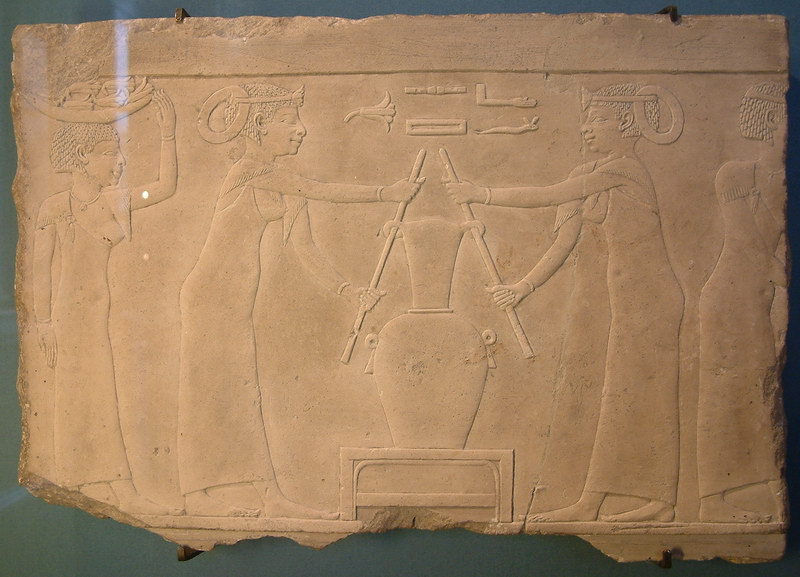I found from researching the methods of how to make perfume, that there is more than one method of making perfume. They all sound really complicated and confusing, as they are long words that I have never heard of before. However when I read the method they actually seemed really simple, something that is actually simple enough to do at home.
 The oils used from the plants to create smells, are extracted using many methods, including steam distillation and solvent extraction.
The oils used from the plants to create smells, are extracted using many methods, including steam distillation and solvent extraction.
During the method of steam distillation the plant is held in a still and steam is passed through, this turns the essential oils in the plant to turn to gas. The gas is passed through tubes. In the tubes the gas is cooled down and eventually liquefies. Another simpler way of using this method is boiling parts of plants, like the petals, in water. This also extracts the oils from the plants. The picture above shows how the method of steam distillation works, using scientific equipment.
When the method of solvent extraction is used, the flowers are put in big tanks where a liquid substance, for example petroleum ether, is poured over the oil. This extracts the essential oils from the flowers. The flower dissolves in the liquid substance, and forms a waxy material which contains the oils. This waxy substance is then put in alcohol. The oil dissolves in the alcohol. The oil and the alcohol burn at different temperatures so the alcohol is evaporated off, and a concentrated perfume is left.
There are four main flowers that were used in the production of perfume:
- Roses: Perfumes that contained the rose flowers were widely used in the making of perfume in both Greece and Rome. There are two roses that are the most commonly used in the perfume industry. They are the Arabian amask rose and the French rosa centifolia.
- Violets: Violets used to be a common flower used in the production of Perfume. The Victoria and Parma varieties were the most commonly used.
- Jasmine: The jasmine flower is widely used, but it is hard to come across. Jasmine flowers that have been harvested are kept in baskets designed to stop the bud of the flower from bruising.
- Plumeria: These are widely used in the production of perfume, and when harvested they can stay fresh for several days. The plumeria flowers are native to Mexico, Central America, the Caribbean and South America. However they have been spread throughout the tropics of the world.
All the flowers used to make perfumes are found throughout the world. In the Mediterranean, fields of flowers and aromatic plants are found. Sandalwood and vetivert are found in India. The ylang-ylang flower is found in Madagascar. Oakmoss is found in Yugoslavia and rare roses are found in Bulgaria. All these flowers from around the world contribute to the raw materials used in the production of perfume.http://www.ccnphawaii.com/distillation.htm ( link for the picture.)
 Now I know perfume is a daily thing for people, but these perfumes are made in factories, and they contain flowers and synthetic fragrances. However the recent reality TV stars of Geordie Shore have decided to produce their own fragrance. L'eau de Geordie is their own twist on modern day perfume. One thing that doesn't exactly come to mind when you think of perfume is kebabs. But being the mad people they are portrayed to be on TV their perfume was inspired buy the one and only kebab.
Now I know perfume is a daily thing for people, but these perfumes are made in factories, and they contain flowers and synthetic fragrances. However the recent reality TV stars of Geordie Shore have decided to produce their own fragrance. L'eau de Geordie is their own twist on modern day perfume. One thing that doesn't exactly come to mind when you think of perfume is kebabs. But being the mad people they are portrayed to be on TV their perfume was inspired buy the one and only kebab.


